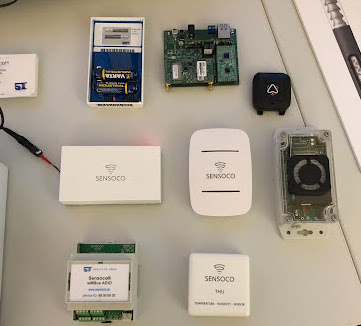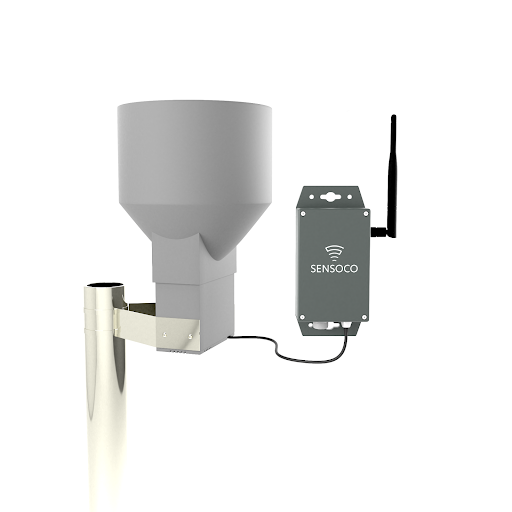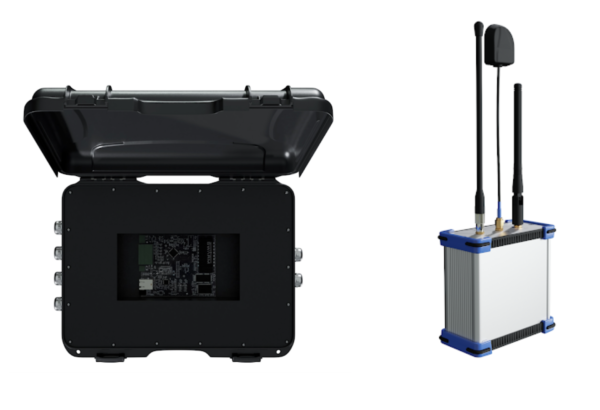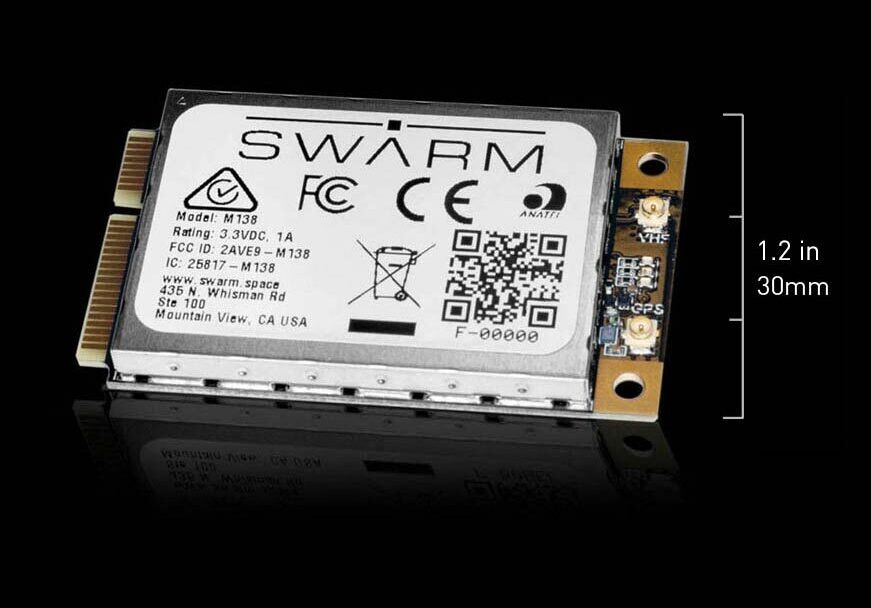
Preventing flood damage through remote sensing and satellite connectivity
December 2, 2021
In July 2021, record rainfall triggered massive flooding across Germany and Belgium, killing over 200 people. Additional floods across India, China, Nepal, Japan, and many other countries brought the worldwide flood-related death toll to nearly 1000 people for the month of July alone. With experts predicting that climate change will only continue to worsen flood conditions, early flood detection is one of the best ways to save lives and prevent massive property damage.

The European floods hit particularly close to home for German IoT company GREATECH, whose headquarters were not far from the flood area. It also motivated them to continue deploying their cutting-edge IoT flood alert solution to help mitigate flood-related damage in the future. Given that many life-threatening floods happen in remote locations that have little-to-no existing alert infrastructure, GREATECH is working to ensure that their system can be deployed anywhere in the world. The team turned to Swarm to provide the global, affordable satellite connectivity solution they need to have their system transmit in even the most off-the-grid areas.
GREATECH’s versatile suite of IoT solutions are designed to support use cases from smoke detection, to air quality sensing, to cold chain freezer monitoring for vaccines in transit.

One of GREATECH’s newest solutions is their high-precision Sensoco® Nimbus precipitation sensor. In collaboration with a team of hydrologists, GREATECH is leveraging Nimbus to provide a unique approach to preventing flood damage. Nimbus uses a patented internal tilting shovel mechanism to detect extremely accurate precipitation levels. During drier periods, it sends one beacon signal per day to GREATECH’s backend system. When water levels exceed a predetermined threshold, however, it immediately sends out a wireless alert to the user. This enables local authorities and communities to respond to impending flood risks quickly and minimize damage.

When Nimbus sensors are deployed in urban and suburban areas, they are able to use terrestrial connectivity methods such as Wireless M-Bus, 4G LTE, Sigfox, LoRaWAN, and LoRa peer-to-peer to send the data they collect back to key stakeholders. To transfer data in rural and remote areas, however, GREATECH turned to Swarm to provide a reliable and affordable connectivity solution. GREATECH is integrating Swarm’s small, low-power modems into their gateways, which will be able to aggregate data from their sensors and transmit it via the Swarm satellite network, allowing GREATECH to sell to customers and deploy their devices anywhere in the world.
GREATECH is integrating Swarm’s small, low-power modems into their gateways, which will be able to aggregate data from their sensors and transmit it via the Swarm satellite network, allowing GREATECH to sell to customers and deploy their devices anywhere in the world.

“We’ve had trouble keeping our devices connected in rural areas, especially in mountainous regions,” says Christoph Grundig, co-founder of GREATECH. “With Swarm, our system can be deployed and used literally anywhere on the planet. This will be especially beneficial as we expand into Africa, South America, and Asia.”
“We’ve had trouble keeping our devices connected in rural areas,” says Christoph Grundig, co-founder of GREATECH. “With Swarm, our system can be deployed and used literally anywhere on the planet.”
Swarm’s durable, low-power modems also support remote, off-the-grid deployments, where users can’t do frequent, in-person maintenance checks. “Nimbus is completely self-sufficient and has a battery life of up to several years, depending on transmission frequency, enabling it to be used in remote areas,” explains Christoph. “We appreciate that Swarm’s hardware is similarly built to withstand harsh conditions, so that doesn’t affect where we can deploy.”
The low cost of Swarm’s network compared to legacy satellite providers also attracted GREATECH. “Having a connectivity solution that is truly global, but also affordable, has already resulted in increased attention from potential customers, and we expect that will continue to grow once the sale of our Swarm-enabled gateway is in full swing,” says Christoph. “Swarm will definitely open up new markets for us, both geographically and in terms of the types of customers we can serve.”
“Swarm will definitely open up new markets for us, both geographically and in terms of the types of customers we can serve.”
The GREATECH team is excited to continue deploying the Swarm-enabled gateways and Nimbus precipitation sensors around the world to provide a reliable, affordable, and highly flexible early flood warning solution. As shifting weather patterns put more regions at risk for floods, GREATECH’s IoT sensors, powered by Swarm’s fully global satellite network, will provide one more level of early detection to help avert disaster and save lives in even the most remote areas around the world.


